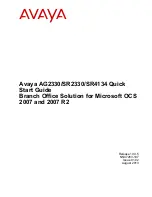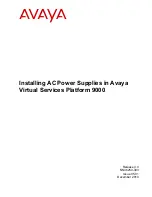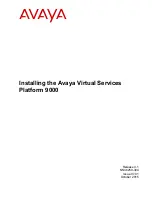
Preparing for the Installation
Verifying the hardware configuration
Stinger® MS+ Getting Started Guide
1-9
Figure 1-6. Model B control module interfaces
The control module comes with onboard flash memory, and each PCMCIA card
provides its own additional memory. The PCMCIA cards store the software and the
configuration information for all modules. The system configuration is also stored in
the onboard nonvolatile RAM (NVRAM).
Checking the LIMs
Several line interface modules (LIMs) are available to provide different types of line
service. Line interface modules are installed in slots 1 through 4 in the front of the
chassis. All LIMs that do not contain integrated protection circuitry, connect to their
respective line facilities through an associated line protection module (LPM) located
in the slot behind the LIM. Verify that the correct number of LIMs are installed.
Specific hardware and configuration details for each type of LIM are contained in the
matching LIM guide for that module.
FDX
ACT
10
100
Ethernet
port
PCMCIA slots
Diagnostic
port
Alarm input
port
Internal modem
port (optional)












































